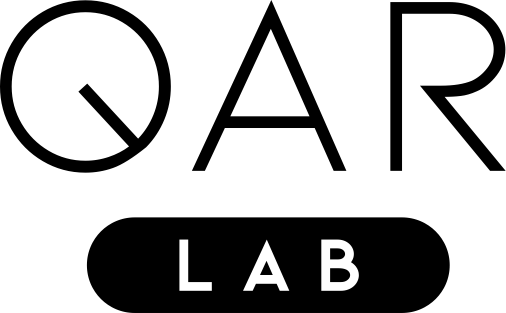Geometry-Aware Quantum GANs: Topology-Guided Architectures for Graph Generation
Geometry-Aware Quantum GANs: Topology-Guided
Architectures for Graph Generation
Abstract:
Generative modeling of complex structured data, such as graphs with embedded geometric constraints, continues to pose a fundamental challenge for classical machine learning approaches. In this study, we investigate the potential of Quantum Generative Adversarial Networks (QuGANs) to overcome these limitations by targeting a representative benchmark task: the generation of four-node complete graphs (K4) that reflect plausible flight-route topologies. These graphs must satisfy key geometric properties to be considered physically valid within Euclidean space, notably the triangle inequality for all sub-triangles and the Ptolemaic inequality for every quadruple of nodes. We present a rigorous comparative analysis between a classical Generative Adversarial Network (GAN) and several hybrid QuGAN variants, each employing a different quantum generator architecture. These include a generic and a problem-inspired entangled ansatz that incorporates the structural priors of the target graphs directly into the quantum circuit design.
Evaluation is conducted using Wasserstein and Jensen-Shannon divergence metrics, geometric validity checks, and a newly proposed Four-Point Ptolemaic Consistency Metric (4PCM). The Topology-inspired QuGAN emerges as the most successful architecture, striking an optimal balance between competing objectives. It delivers the highest geometric-validity scores among all QuGAN variants while simultaneously matching the classical GAN’s strong performance in reproducing the multimodal structure of the empirical data. These findings support the hypothesis that embedding domain-specific inductive biases into quantum models can significantly enhance their performance on complex scientific data generation tasks.
Author:
Markus Baumann
Advisors:
Tobias Rohe, Claudia Linnhoff-Popien
Student Practical Work | Published October 2025 | Copyright © QAR-Lab
Direct Inquiries to this work to the Advisors

